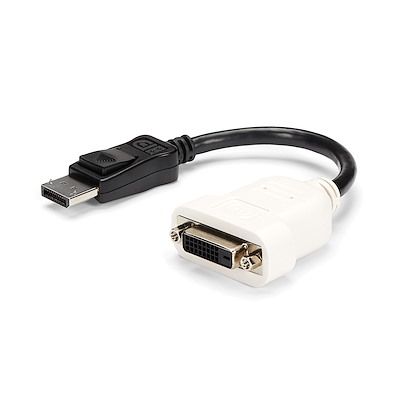

Mini DisplayPort is also the form factor used for Thunderbolt 2, which was prevalent on the previous-gen Retina Macbook Pro and other Apple laptops. Mini DisplayPort is generally being phased out as USB Type-C gains popularity, due to its aforementioned combination of the DisplayPort signal for video and audio with the ability to transmit power. It adapts to: DVI and VGA (pass-through signal) DisplayPort HDMIĪ small version of DisplayPort designed by Apple, this connection is most often found on previous generation Apple laptops. It's similar in performance and use to: DisplayPort, HDMI Use it for: Connecting small devices to displays Where to buy? Amazon Mini DisplayPort /Thunderbolt 2 Credit: Startech While not as widely used on televisions as HDMI, DisplayPort is designed to support higher resolutions and refresh rates out of the box and thus features alongside HDMI as standard on modern gaming monitors.ĭisplayPort also supports HDCP copy protection, as the other digital signal options do - a silent requirement for most copyrighted video streaming content today. Similar to HDMI, DisplayPort carries both digital audio and digital video signals. It adapts to: DVI and VGA (pass-through signal) Mini-DisplayPort HDMIĪdd more ports by: Connecting a switchbox upgrading your graphics card It's similar in performance and use to: HDMI If you have a choice, select it instead of: VGA Use it for: Connecting recent computers and AV components to displays While less widespread for gaming due to the average refresh rates, Thunderbolt is one of the few standards capable of delivering 60hz.
#Dvi d setup full
Thunderbolt 3 (signified by a thunderbolt logo as opposed to the traditional USB logo for USB-C) is capable of transmitting data up to four times faster than USB 3.1, and bundles the full DisplayPort AV standard along with its other capabilities. USB-C is the prevalent port option on new Apple computers and is gaining traction on laptop PCs, with their adoption of Intel’s Thunderbolt 3 standard allowing Thunderbolt-equipped USB-C ports to push graphics to two 60hz monitors, or one at 120 hz. Plenty of third-party adapter options exist to match this port to any existing tech and its rapid uptake means that if you don’t know by now, you need to check out our primer. With its thin form factor and all-in-one (power, data, video/audio) capabilities, USB-C is becoming the port of choice on laptops looking to stay on the cutting edge as well as the standard on mobile devices. It adapts to: DVI, VGA, HDMI, Thunderbolt 2 It's similar in performance and use to: HDMI, Thunderbolt 2 Use it for: Connecting laptops and devices to larger monitors Where to buy? Amazon USB-C /Thunderbolt 3 Credit: Trebleet If you’re after a higher resolution, make sure your devices and cable support HDMI 2.0 and up. While most gaming monitors today will feature an HDMI port as standard, make sure you check the HDMI version of your monitor and device if you are looking for a refresh rate above 60hz - most monitors today will support at least HDMI 1.4, which can output 144hz at 1080p. The standard connector for most audio-visual applications over the past decade or so, HDMI was the first cable to efficiently bundle audio and video for devices like PCs and gaming consoles to send to a display. If you have a choice, select it instead of: DVI, VGA, component video After installing the software, you can access it by right clicking on your desktop background and selecting either Nvidia Control Panel or AMD/ATI Catalyst Control Center.Use it for: Connecting TVs and computer displays to PCs, gaming consoles and other larger devices You can perform the above acts and more from within their software.
#Dvi d setup drivers
If your computer has a discrete videocard (the ports are not on your motherboard), you can download the latest drivers from Nvidia or AMD. It will say "Another display not detected." From there under Multiple displays, select the, "Try to connect anyways on: VGA," option. After clicking Detect, another screen should be detected.
#Dvi d setup windows
Click detect to have Windows look for a connected screen, identify to see which screen is which in Windows. Right click on your desktop and click screen resolution.
#Dvi d setup windows 7
You mentioned that the computer is only a year old, so I assume it has Windows 7 on it. Plug in the other cable into the computer and other monitor. Try toggling the source and see if it recognizes the monitor.Īnother thing to try would be to turn off your computer, plug in the VGA cable into the monitor and computer, and turn on the computer. Your monitors may be defaulting to just digital which is what DVI uses. On the monitors, you may need to toggle the source button.


 0 kommentar(er)
0 kommentar(er)
